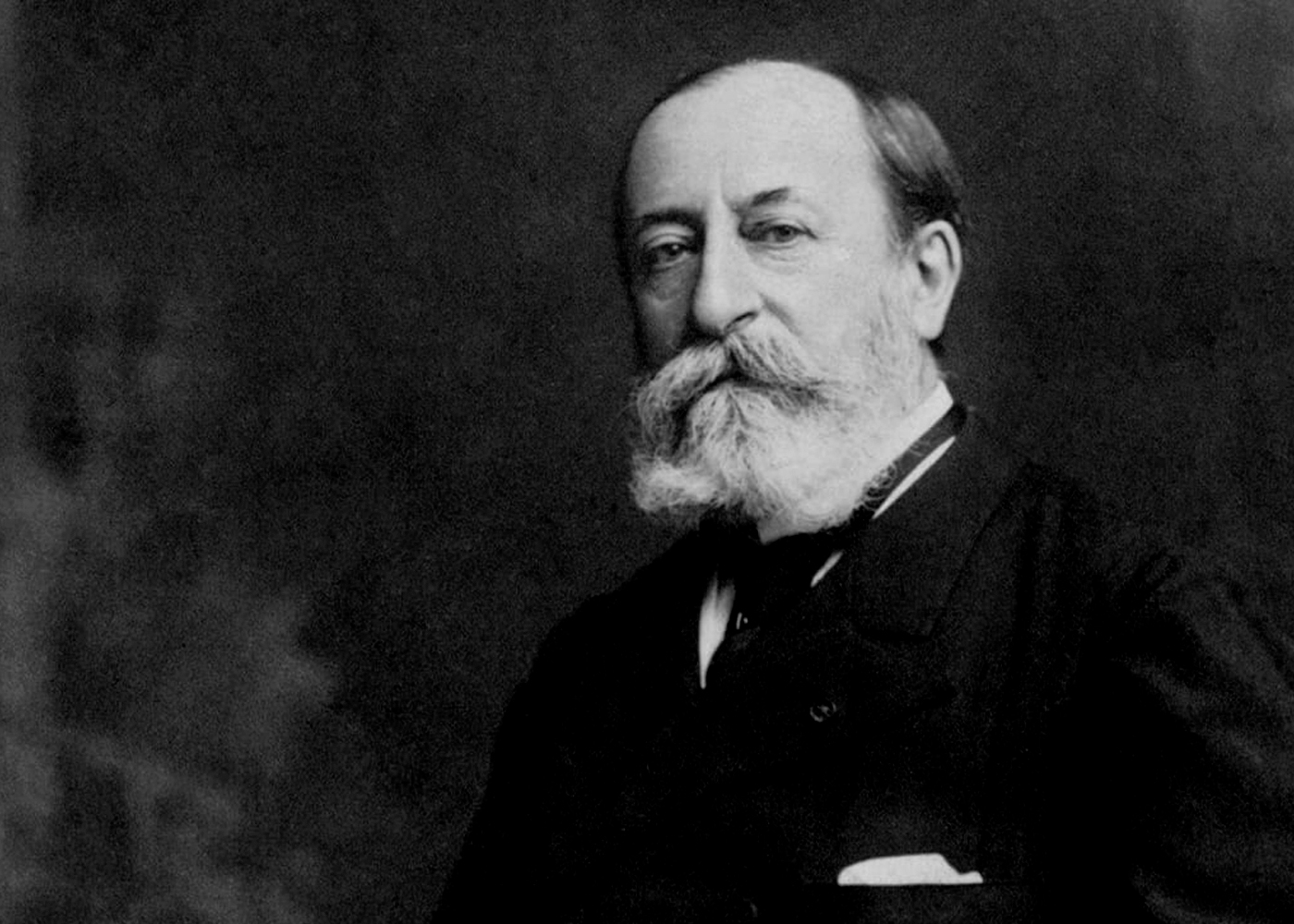
Camille Saint-Saëns: the architect of french Romanticism
Camille Saint-Saëns (1835–1921) occupies a central position in the pantheon of French composers, celebrated for his prodigious talent, immense versatility, and contributions to nearly every musical genre. As a composer, pianist, organist, and musicologist, Saint-Saëns combined technical brilliance with lyrical beauty, producing a body of work that remains a cornerstone of classical music. For cellists, his compositions are particularly significant, offering a range of works that showcase the instrument’s expressive potential and virtuosic capabilities.
Born in Paris, Saint-Saëns was a child prodigy of extraordinary ability. He gave his first public piano recital at the age of five and displayed an early mastery of composition, harmony, and counterpoint. His education at the Paris Conservatoire laid the foundation for a career that spanned more than six decades, during which he became a central figure in French musical life.
Saint-Saëns’ works for cello and piano are among his most enduring legacies. The Swan (Le Cygne), from The Carnival of the Animals, is arguably his most famous composition for the cello. Composed in 1886 as part of a humorous suite for private performance, this delicate and lyrical piece has transcended its origins to become a universal symbol of grace and beauty. In The Swan, the cello’s long, flowing lines mimic the elegant movements of a swan gliding across the water, while the piano provides a rippling, arpeggiated accompaniment. For cellists, performing this piece is both a technical exercise in phrasing and an emotional journey, requiring a seamless blend of tone, control, and expression.
Another towering achievement is Saint-Saëns’ Cello Sonata No. 1 in C minor, Op. 32, composed in 1872. This ambitious work explores the full range of the cello’s expressive potential, combining dramatic intensity with lyrical introspection. The sonata’s first movement, Allegro, bursts with passion and urgency, its sweeping melodies and bold harmonies demanding technical mastery and emotional depth. The second movement, Andante tranquillo sostenuto, offers a moment of serene reflection, its melody unfolding with understated beauty. The sonata concludes with a lively finale, showcasing Saint-Saëns’ characteristic wit and rhythmic vitality.
For cellists, the Cello Sonata No. 1 is both a technical challenge and an artistic triumph. Its intricate interplay between cello and piano requires a deep understanding of musical dialogue, while its wide range of dynamics and emotions offers performers the opportunity to connect profoundly with audiences.
Saint-Saëns’ music reflects his dual identity as a traditionalist and innovator. While he admired the clarity and balance of Classical forms, he also embraced the Romantic emphasis on emotion and individuality. His compositions often blend these influences, creating works that are both structurally elegant and expressive. His contribution to French Romanticism is not only found in his music but also in his efforts to champion French culture and promote the works of other composers, such as Hector Berlioz and Franz Liszt.
Despite his immense success, Saint-Saëns was sometimes misunderstood by his contemporaries, who viewed his adherence to tradition as conservative in an era of rapid innovation. Yet, his music’s enduring popularity proves its universal appeal, transcending trends to speak to the timeless truths of the human experience.
As performers, cellists are uniquely positioned to engage with Saint-Saëns’ legacy. His works for cello capture the instrument’s ability to sing with a human-like voice, weaving together moments of profound beauty, drama, and humor. To play Saint-Saëns is to enter a world where technical mastery and emotional depth coexist, offering a musical experience that is as rewarding for the performer as it is for the listener.
Camille Saint-Saëns left an unforgettable mark on the world of music, shaping the course of French Romanticism and inspiring generations of composers and performers. His works, from the elegance of The Swan to the dramatic intensity of his cello sonatas, continue to captivate and challenge musicians around the globe. For cellists, his music represents a legacy of brilliance, a celebration of the cello’s unique voice, and an enduring testament to the power of art.

